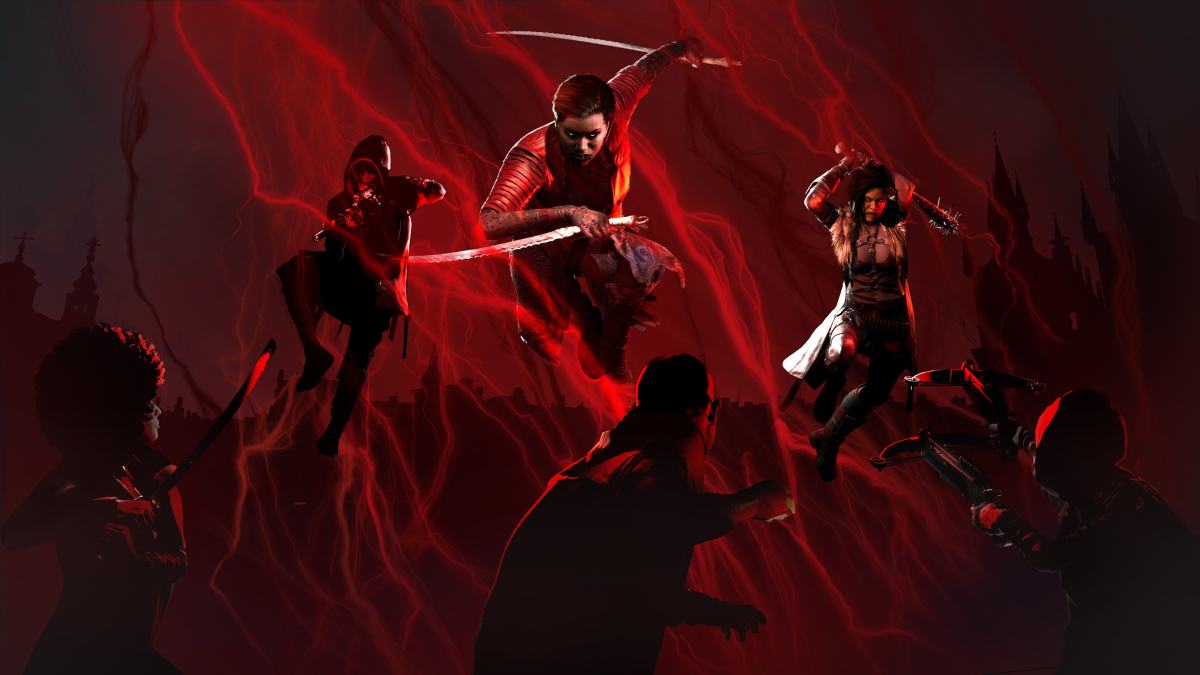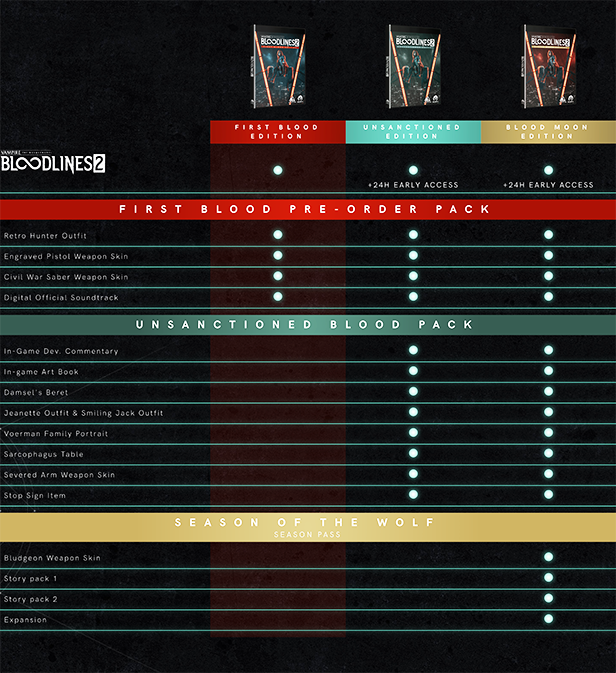
They cannot be concealed, though most have a leather strap that allows them to be slung on the wearer's back. Unlike armor, which warriors wear at most times, shields are generally used only in times of unrest. Made from wood, leather and metal, shields provide added protection against the rigors of combat. Protects head soak bonuses not cumulative with armor Missile: For shields and other parrying weapons, the value added to the difficulty of Melee or Brawl attacks against the character when using passive defense with the item. Melee: For shields and other parrying weapons, the value added to the difficulty of Melee or Brawl attacks against the character when using passive defense with the item. Parry Diff.: For shields and other parrying weapons, the difficulty of Dexterity + Melee rolls to attempt to parry incoming attacks with the item. Penalties: For armor, the reduction in the character's effective Dexterity (Dex) or Perception (Per) Attribute caused by wearing the armor. Most armors have different ratings for soaked bashing and lethal attacks. Soak: The number of dice added to the wearer's soak dice pool when attacked. Str.: The minimum Strength required to use the weapon or armor. a tunic) L = in a long cloak N = may not be concealed. P = may be concealed in a pouch C = in loose clothing (e.g.


Usually worn with knight's armor.Ĭonceal: A rough estimate of how easily the piece of armor can be concealed in clothing. Vision is through a narrow slit or eyeholes.


Light Armor: Light armor comprises pieces of leather, sometimes hardened by boiling (called coir bouilli), at other times quilted.Most common is light armor, worn by city guards and the like, while nobles and the elite soldiery utilize ever-more-sophisticated combinations. The Dark Medieval encompasses a vast range of permutations of armor and protective equipment, which have been simplified into six categories for the purpose of Dark Ages: Vampire.


 0 kommentar(er)
0 kommentar(er)
